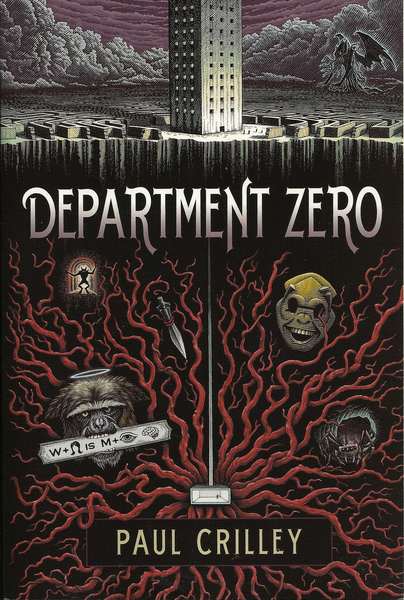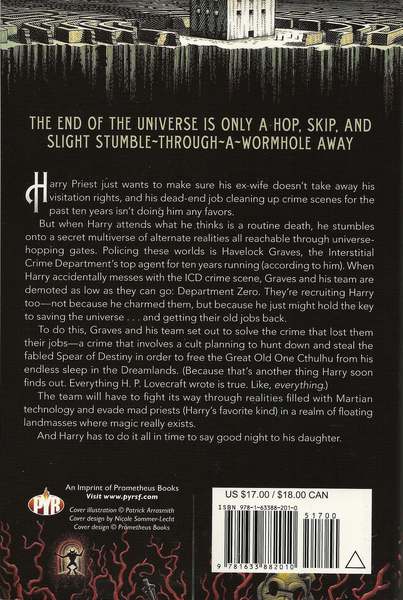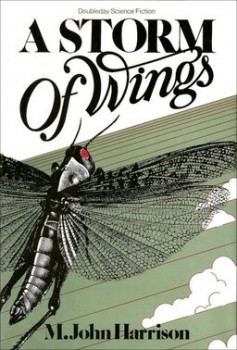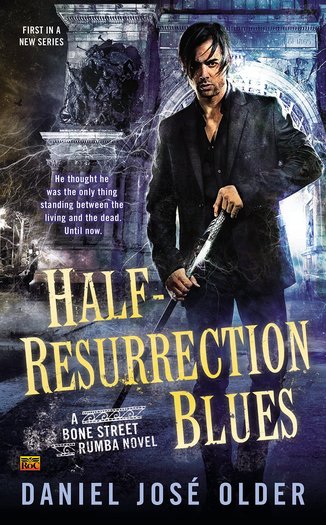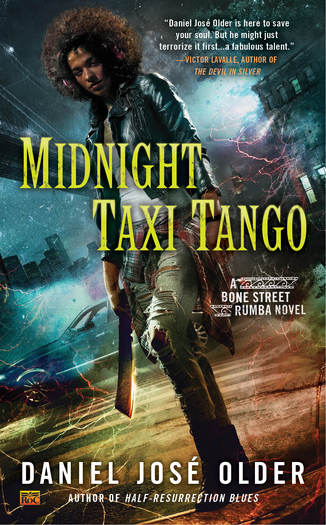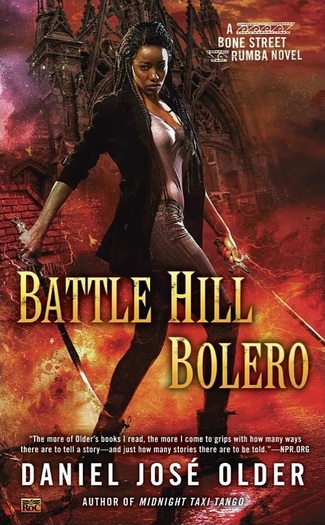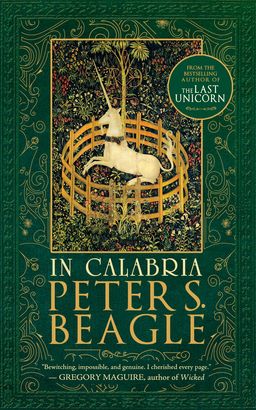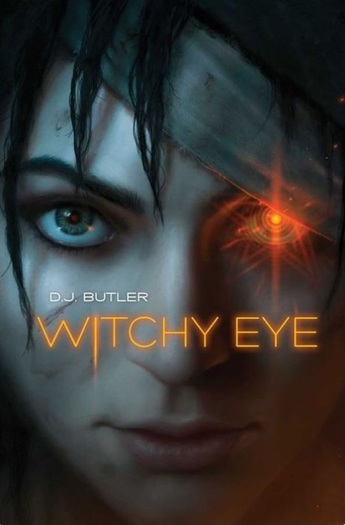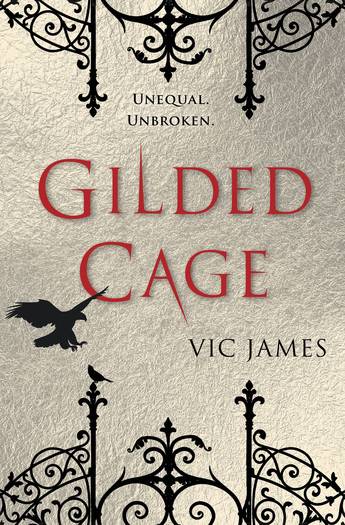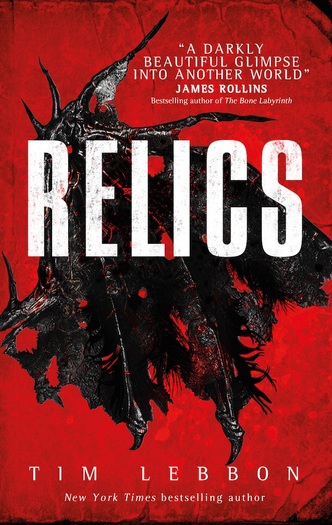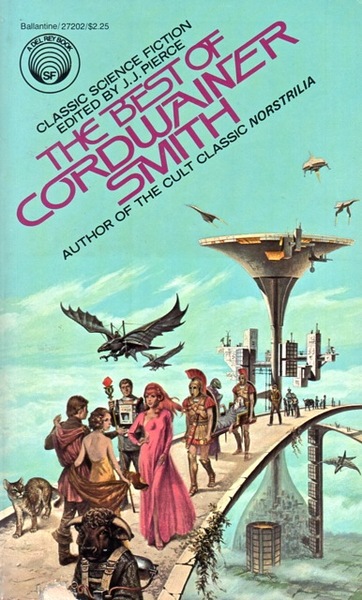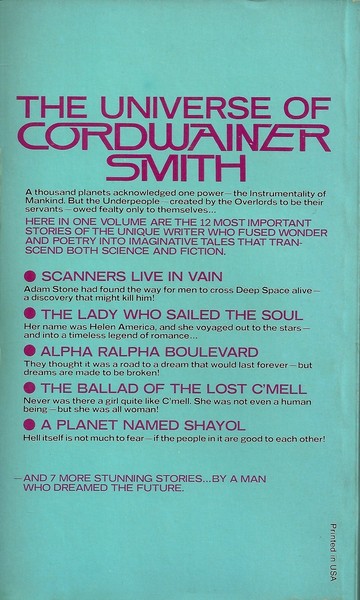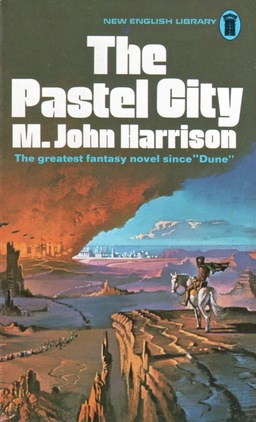Andrew Liptak on 33 SF and Fantasy Books Everyone Will Be Talking About in 2017
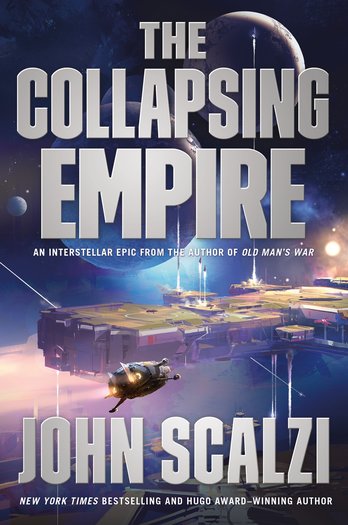 |
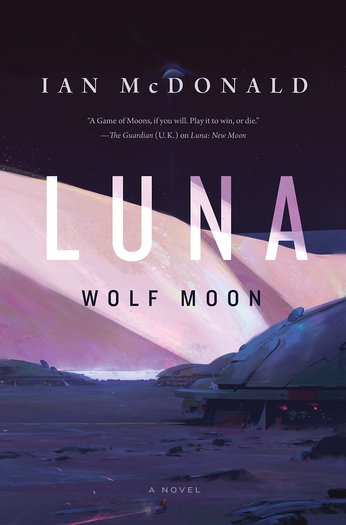 |
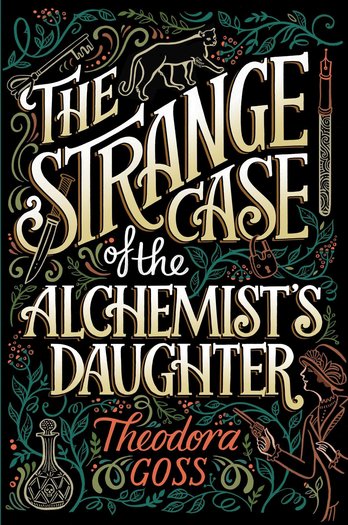 |
I don’t know about you, but given the choice between reading the best books of 2017 and the ones everyone’s talking about…. I think I’d go with the latter. Because books that aren’t talked about are soon forgotten, and forgotten books are irrelevant books. And who wants to waste their time on irrelevant books?
Fortunately, we’re here to talk about the 2017 books that are already generating a lot of buzz. Today’s arbiter of excellence is Andrew Liptak who, in an article for The Verge, has compiled a list of 33 SF & fantasy titles that will dominate the conversation over the next year. His list includes novels by Mur Lafferty, Nnedi Okorafor, Kameron Hurley, Chuck Wendig, V. E. Schwab, Kim Stanley Robinson, Ada Palmer, Allen Steele, Timothy Zahn, Cory Doctorow, Brian Staveley, J.R.R. Tolkien, Robin Hobb, Yoon Ha Lee, Max Gladstone, Peter V. Brett, N.K. Jemisin, Ann Leckie, and many others.
Here’s a look at some of the most interesting titles on Andrew’s list, starting with The Collapsing Empire, by John Scalzi.
